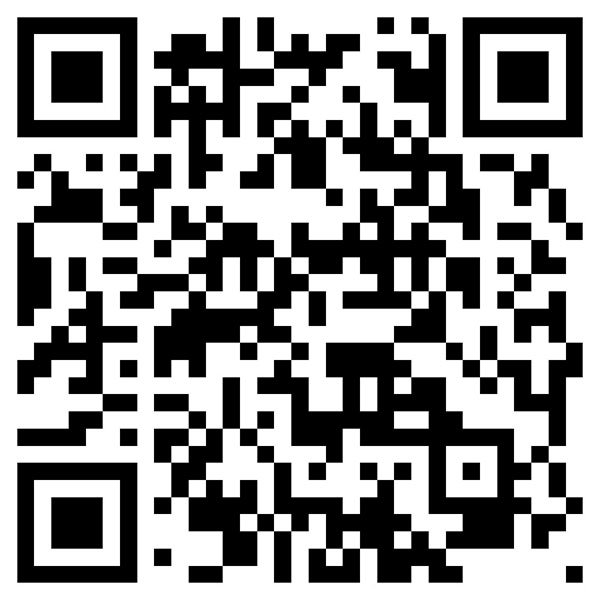There are many professional development opportunities in higher education, but one that is not often considered is the chance to serve on a search committee. This work is overlooked because the goal of the search is to find the best talent for an open position instead of improving the evaluators themselves. The candidates are the ones who stand to benefit from a potential job offer, or at least by improving their interviewing skills and "getting their name out there."
Search committee members have less self-interest. They are volunteers doing what needs to be done for the good of the institution. Someone has to do it. If they are faculty, they might get credit for service work. Staff might benefit from helping ensure the quality of their next colleague or supervisor. But the work of the search committee is rarely considered career-enhancing to anyone except who they hire.
This perception should change.
Search committee members have a lot to gain, according to Christopher D. Lee, managing director with Storbeck Search. In his 13 years as the chief human resources officer for the Virginia Community College System, Lee served on more than 30 search committees to hire presidents at 23 institutions.
"I've earned a master's degree in leadership from having watched more than 300 people interview to be a community college president," said Lee, who has authored books and trained HR professionals related to the search process. "I've listened to experienced leaders talk about their abilities and what they would do in situations, and I've taken notes. I could write a book about leadership, so I know you can benefit by serving on a search committee."
You don't have to serve on a presidential search committee to benefit or even limit your professional development to hearing executives pontificate about leadership. Here are six areas of professional development that arise from serving on any type of search committee at your institution:
- Choosing candidates. Developing an eye for talent is a valuable skill in higher education. According to Daniel Grassian, author of "An Insider's Guide to University Administration," one of the most important decisions (if not the most important decision) administrators make is who to hire. Serving on a search committee trains you to make good hiring decisions and helps administrators at your institution make their choices. When they look good, you look good -- that goes for candidates you recommend and the people who rely on you to help them make their critical decisions.
- Project management. There are a lot of moving pieces when it comes to a search, from scheduling interviews to organizing the evaluation tools and rubrics. Being a part of this process will sharpen your skills that can be applied to other content areas or give you ideas and background knowledge for future searches that you might be asked to lead.
- Idea generation. Lee has always considered the interview process as receiving free consulting from multiple experts. Asking candidates questions about how they would solve real problems or improve an organization will provide you fresh ideas and perspectives from different vantage points that will help you do your job better. This doesn't mean stealing proprietary information but rather taking the combination of ideas from candidates to advance your thinking.
- Domain knowledge. If you serve on a committee from another academic department or functional area, you can learn a lot about how organizations operate from conducting a search. You learn about the issues facing administrators from other institutions or industries, or what academics in different disciplines value when it comes to things like tenure requirements or teaching methods. This can help you stay relevant in your career by understanding what's important to other professionals and potential collaborators. If anything, seeing how others work and think will inform your practice and recognize the distinctive qualities of your own discipline.
- Networking. Serving on a search committee will give you more access and help you engage with professionals who you would not otherwise interact with, whether that's fellow committee members from within your institution or outside candidates and their references. When you work together on a common goal to hire someone, that creates a special bond and builds relationships, even with the successful candidate once they become your co-worker. Sharing your thoughts or exhibiting your skills during the process also enhances your influence with colleagues as someone they can trust.
- Improve your candidacy. After serving on a search committee, you will be better prepared for the next time you apply or interview for a job. You will be exposed to conversations, reasonings, and what committees consider most when evaluating candidates. By reviewing and comparing dozens of applications, you'll have a better understanding of what makes a resume or CV effective and what doesn't (and what little time is spent reading each application during the initial screening). You'll be better prepared to answer interview questions and articulate a point from having sat on the other side of the table.
Once you appreciate the benefits of serving on a search committee, you can position yourself to be selected for one. This might be easy. Volunteers for this type of service are likely in greater demand than spots available. The further up the organizational chart, the more competitive it will become.
Having previous experience on search committees will help your chances, but don't let your lack of knowledge about the role that your institution is attempting to fill prevent you from contributing to the search.
"To have a good search committee, you need to have a novice, someone who's not a member of the key area," Lee said. "That person usually asks the basic question of 'Why?' People who are in that domain have made a whole bunch of assumptions, paradigms, and expected ways of seeing the world. The novice disrupts that."
According to Lee, if there are five members from the same department, they will be prone to make poorer decisions and perpetuate biases and preferences for the same type of candidates. Having a novice ask questions prevents groupthink, introduces diverse viewpoints, and provides clarity of purpose.
"It's always value-added because people will say, 'Oh, I've never thought about it that way,'" Lee said.
There is a caveat when it comes to faculty searches. Especially in a unionized environment, academic departments might prevent or not prefer outsiders from serving on their search committees. While the autonomy to hire their own faculty can be considered a healthy application of academic freedom, this protection can be taken too far if it diminishes a core principle of critical thinking and considering other views. But generally speaking, higher education is an industry that embraces diversity of thought, especially in its hiring practices, and you're more likely to be welcomed on a committee than not.
Ask your supervisor or contact your human resources to express your intentions to serve on search committees and note your previous experience or novice status so that you will be on the short list of possible search committee selections. Explain to your supervisor the benefits for the institutions to have thoroughly staffed searches and to have representation from your department, as well as your own professional development. Mention the benefits listed above, minus the "improve your candidacy" claim, of course.
You will find that by helping your employer conduct a search, you will be better positioned to be the one who is sought after for career advancement.
This article is republished from HigherEdJobs® under a Creative Commons license.









 No matter your craft or hobby, you can find plenty of tools and accessories that make it easier to navigate the intricate details of each project you tackle. Consider these IQ Connect plug-and-play workshop accessories that provide hands-free assistance where and when needed on the IQ Vise and around your work area via three additional mounting options.
No matter your craft or hobby, you can find plenty of tools and accessories that make it easier to navigate the intricate details of each project you tackle. Consider these IQ Connect plug-and-play workshop accessories that provide hands-free assistance where and when needed on the IQ Vise and around your work area via three additional mounting options.





